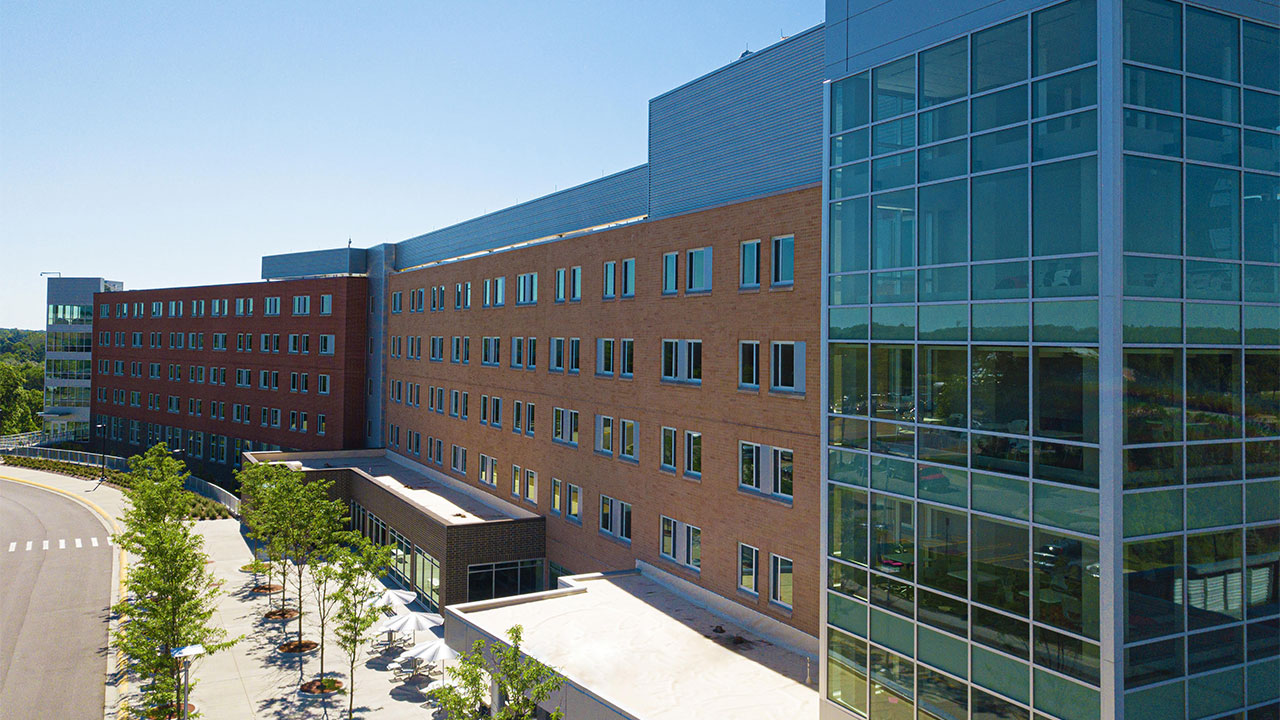- YouTube
- TikTok
OU’s Hillcrest Hall certified LEED Gold for sustainability

Hillcrest Hall, a 289,000 square-foot, 750-bed facility, was officially opened in August 2018.

Hillcrest Hall, Oakland University’s newest student housing complex, has earned LEED Gold Certification from the U.S. Green Building Council.
LEED certification is based on a green building rating system that evaluates a building project's commitment to promoting environmental sustainability, energy efficiency and human health. Hillcrest was awarded 61 out of a possible 110 points among the categories of sustainable sites; water efficiency; energy and atmosphere; materials and resources; indoor environmental quality; and innovation in design. The only LEED certification higher than Gold is Platinum, which requires 80 points or more.
Hillcrest is the fourth building on OU’s campus to be certified LEED Gold or better, joining the Human Health Building, which is certified LEED Platinum, Oak View Hall, and the Engineering Center.
“The LEED recognition reflects the university’s commitment to preserving environmental quality while providing state-of-the-art living and learning facilities,” said Siraj Khan, director of engineering at OU. “Green building practices not only enhance the beauty and efficiency of campus, they also have a positive impact on the health and well-being of the community. The investments OU has made, and continues to make, in energy-efficient infrastructures will have lasting benefits for everyone.”
Hillcrest boasts many features that helped it achieve LEED Gold status, including bike racks, preferred parking for low-emission vehicles, and high-efficiency lighting and climate controls. Low-emitting materials were used for construction and more than 80 percent of the on-site generated construction waste was recycled. Furthermore, nearly 40 percent of the building materials’ value included materials and products that were regionally sourced.
Through the use of high-efficiency HVAC and roofing systems, LED Lighting, and window glazing, the project achieved an energy cost savings of 30 percent. The landscaping utilized native vegetation, eliminating the need for a permanent irrigation system and conserving water resources.
The 289,000 square-foot, 750-bed facility was officially opened in August 2018.


 August 29, 2019
August 29, 2019